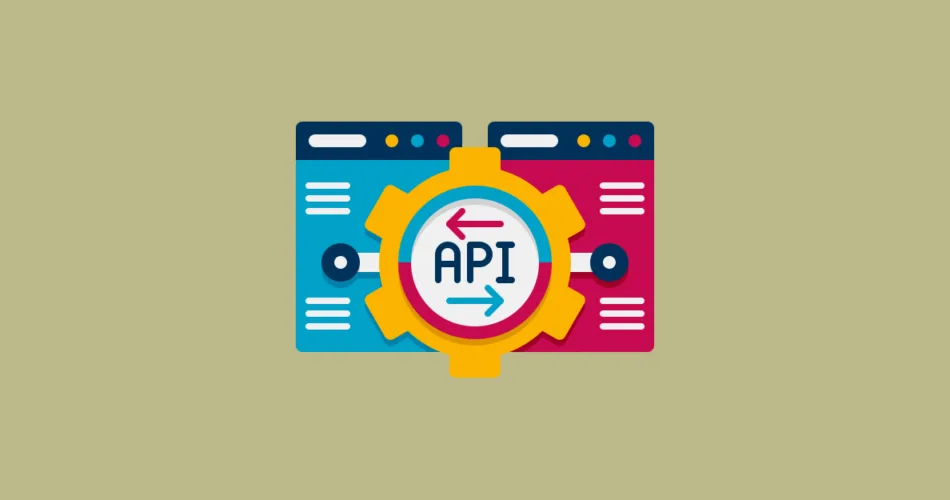Designing resources is a crucial aspect of creating RESTful APIs. Resources are the core entities that clients interact with, and their proper design plays a significant role in the usability and maintainability of your API. In this article, we’ll explore the principles behind designing RESTful resources, including resource identification, representations, and handling plural vs. singular resource names, all with Java code examples.
Resource Identification and URIs
Resource identification involves assigning a unique URI (Uniform Resource Identifier) to each resource. URIs are the means by which clients access and manipulate resources. Key considerations include:
- Descriptive URIs: URIs should be human-readable and descriptive, providing hints about the resource’s purpose.
- Stable URIs: Once assigned, URIs should remain stable over time to ensure client compatibility.
- Plural vs. Singular: Decide whether resource names should be plural (e.g., `/users`) or singular (e.g., `/user`). Consistency is essential.
// Java Example: Defining Resource URIs
@Path("/users")
public class UserResource {
@GET
@Path("/{userId}")
public Response getUser(@PathParam("userId") int userId) {
// Retrieve and return user data
}
@POST
public Response createUser(User newUser) {
// Create a new user resource
}
@PUT
@Path("/{userId}")
public Response updateUser(@PathParam("userId") int userId, User updatedUser) {
// Update an existing user resource
}
@DELETE
@Path("/{userId}")
public Response deleteUser(@PathParam("userId") int userId) {
// Delete a user resource
}
}
The Java code snippet above demonstrates how to define resource URIs using JAX-RS annotations. The resource class (`UserResource`) defines endpoints for creating, retrieving, updating, and deleting user resources, each with its URI and HTTP method.
Resource Representations (JSON, XML, etc.)
Resource representations determine how a resource’s data is presented to clients. Common formats include JSON, XML, HTML, and more. When designing resource representations:
- Use Appropriate Media Types: Choose media types that best suit your API’s purpose and client needs (e.g., JSON for machine-readable data).
- Provide Consistent Structures: Maintain consistent data structures within representations to ease client parsing and processing.
// Java Example: Resource Representation
public class User {
private int id;
private String username;
private String email;
// Getters and setters
}
The Java code example defines a `User` class representing a user resource. This class’s structure serves as the JSON representation of a user resource, with attributes like `id`, `username`, and `email`.
Handling Plural vs. Singular Resource Names
Deciding whether to use plural or singular resource names is a common debate in RESTful API design. There’s no strict rule, but consistency is vital. Here are some guidelines:
- Use Plural Names: Use plural resource names (e.g., `/users`) when dealing with collections of resources.
- Use Singular Names: Use singular resource names (e.g., `/user/{id}`) when dealing with individual resources or resource instances.
- Consistency Matters: Whichever naming convention you choose, be consistent throughout your API to avoid confusion.
Proper resource design ensures clarity and ease of use for clients, contributing to a well-structured and developer-friendly RESTful API.
Subscribe to our email newsletter to get the latest posts delivered right to your email.


Comments